Celebrating the 100th anniversary of Ottawa’s first bus route
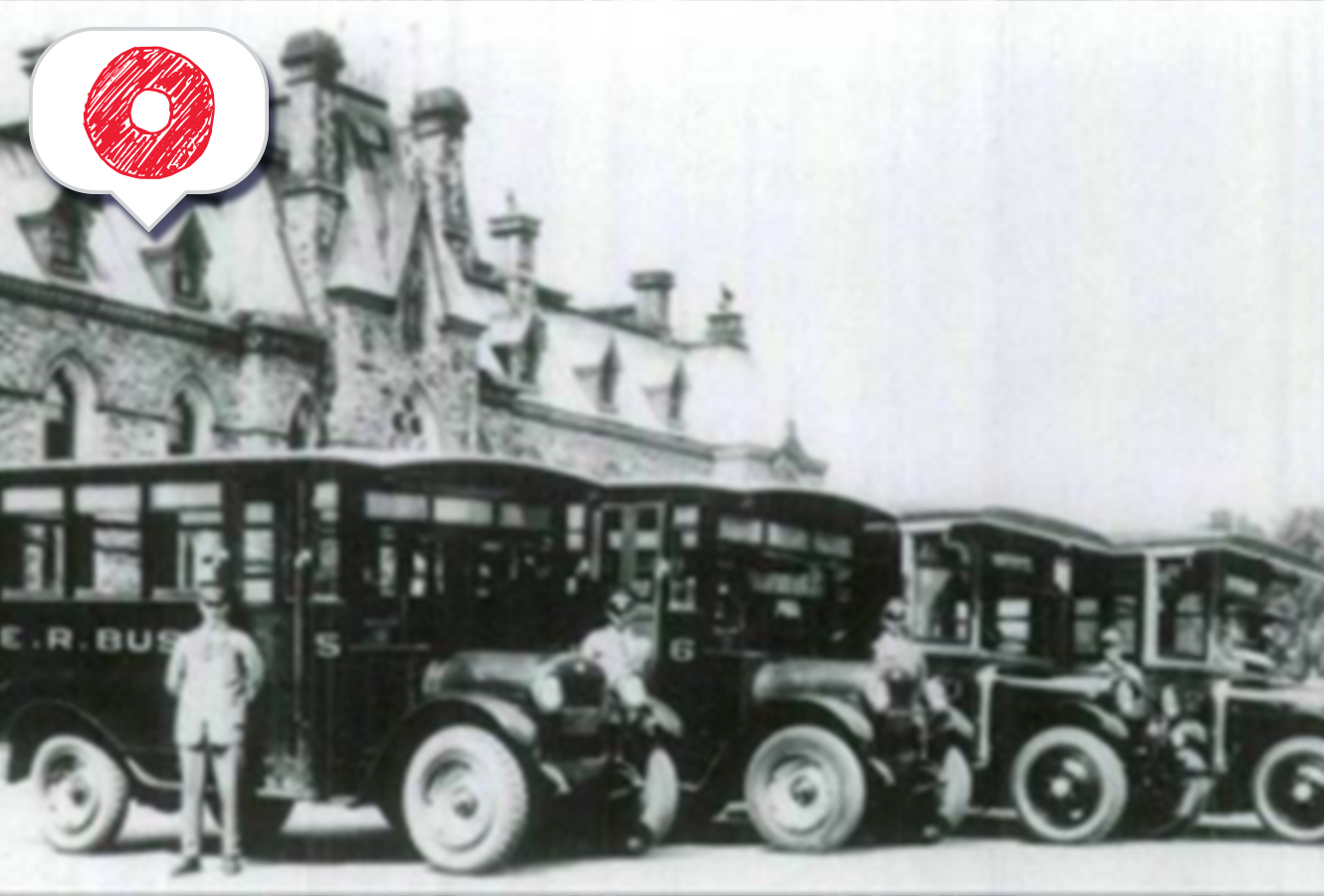
Pictured above: These Ottawa Electric Railway buses were used between 1924 and 1929.
Photo courtesy of the City of Ottawa Archives.
For many of our customers, a journey on public transit typically starts or ends on a bus.
Whether you’re riding a 40-footer or a double decker, an articulated or one of our new zero-emission vehicles, buses are the workhorses of our transit system, helping deliver public transit to a total service area of 480 km2
This February we’re celebrating the 100th anniversary of the first bus route in Ottawa.
Let's bring you up to speed on the introduction of buses to Ottawa and how bus service has evolved over the past 100 years.
The Early Days
The Ottawa City Passenger Railway Company launched the first horse-drawn streetcars on July 21, 1870. The first trip went from New Edinburgh, through downtown, to Chaudière Falls at LeBreton Flats.
The horsecar would remain a staple means of public transportation until 1891 when Thomas Ahearn and Warren Soper, two local entrepreneurs founded the Ottawa Electric Railway Company (OER). On June 20, 1891, their electric streetcars began replacing horse-drawn streetcars.
Ottawa Gets its first bus route
The 1920s would be a pivotal decade for transit service in the Nation’s Capital.
With the explosive popularity of motorized vehicles, the Ottawa Electric Railway Company (OER) began introducing gasoline-powered buses into its fleet to extend the reach of their service.
In February 1924, the OER announced that the first transit bus route would begin service. The route would operate from the south end of Elgin Street, where the Ottawa Police Service Headquarters is now, cross the Pretoria Bridge, proceed down Hawthorne Avenue, on to Main Street and travel south to Clegg Street. The bus would provide a 15-minute service from 7 am until midnight.
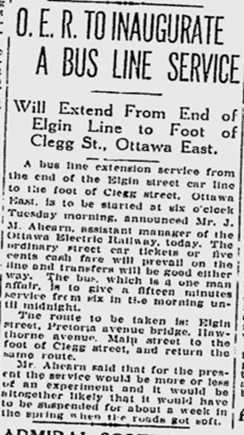
Pictured above: In February 1924 the Ottawa Citizen reported OER would launch its first bus line.
Click the image above for a closer look.
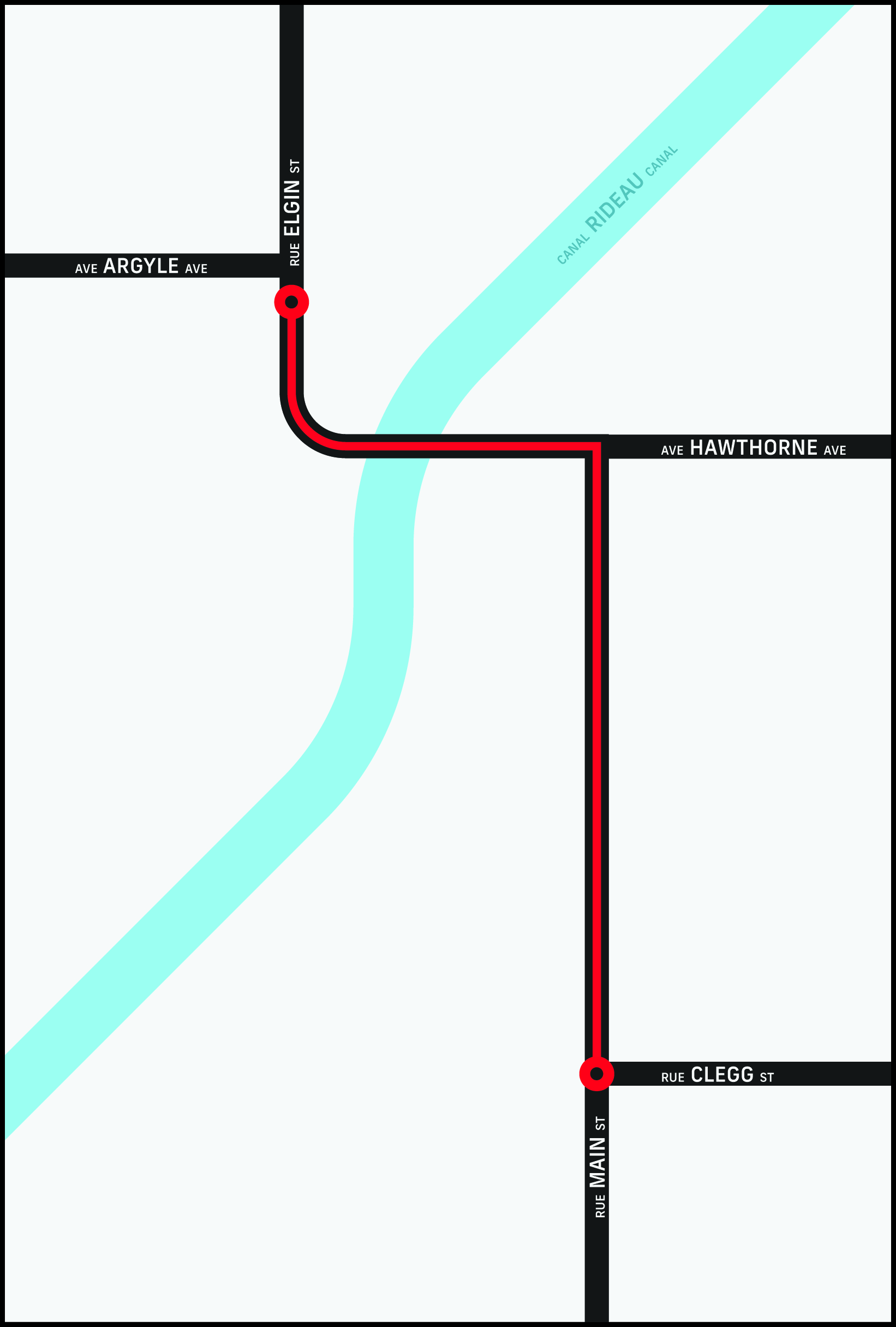
Pictured above: The route would operate from the south end of Elgin Street, where the Ottawa Police Service Headquarters is now, cross the Pretoria Bridge, proceed down Hawthorne Avenue, on to Main Street and travel south to Clegg Street.
Click the image above for a closer look.
Growth of Bus public transit
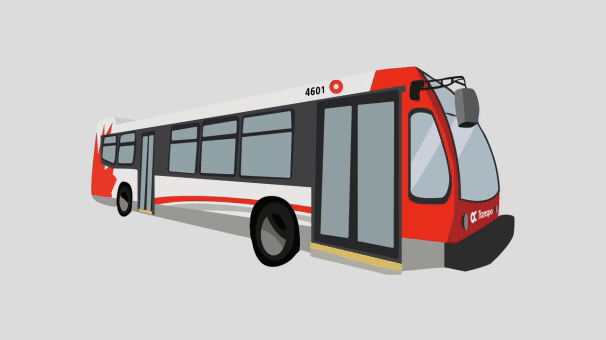
After the introduction of the first bus route, buses gradually became more popular. Residents found them quieter and less prone to clogging city streets compared to streetcars. In 1959, Ottawa residents saw streetcar service come to an end after 68 years and buses went on to play a predominant role in the growing Ottawa’s public transit system.
Follow the timeline below to see some more key dates for bus transit in Ottawa:
-
1924
First bus, REO Speedwagon, 17 passengers
-
1939
First rear engine buses
-
1948
City of Ottawa purchases Ottawa Electric Railway Company and creates the Ottawa Transit Commission (OTC)
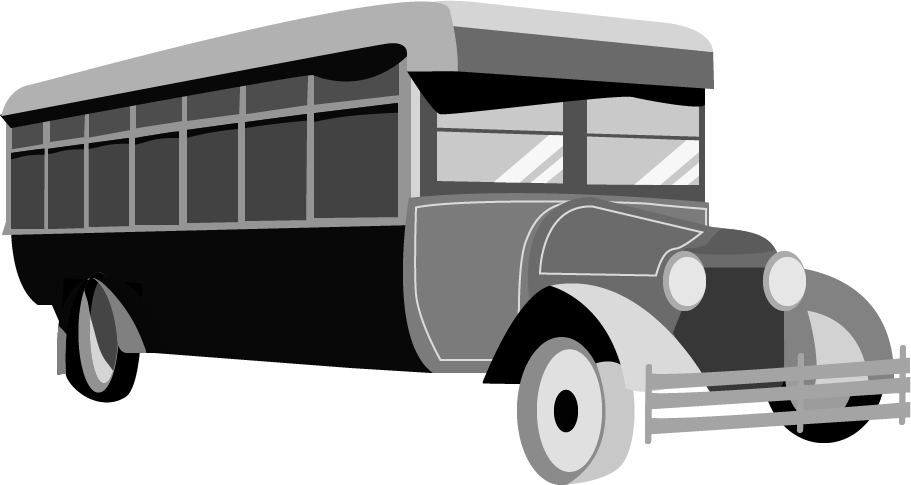
-
1958-1959
The biggest bus order at the time was placed for 107 GMC buses to replace the streetcar network
-
1967
Last gas-powered buses retired
-
1973
Ottawa-Carleton Regional Transit Commission rebrands to OC Transpo and unveils a new paint scheme
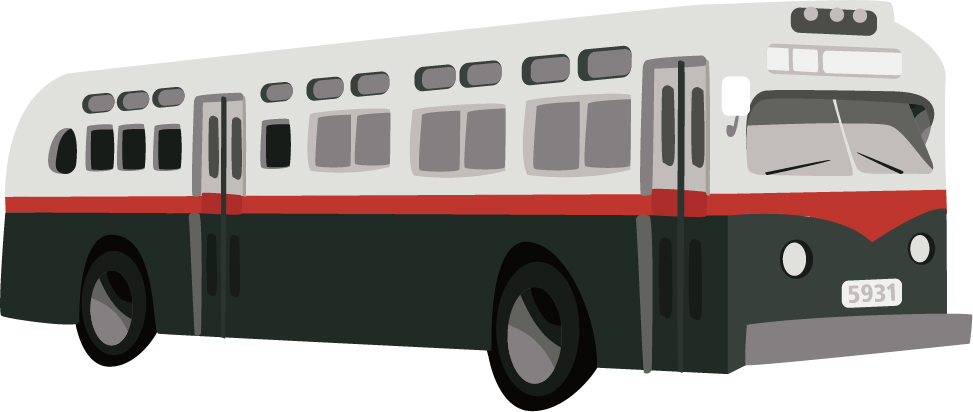
-
1982
First articulated buses arrived
-
1983
The first section of the Transitway opened
-
1985
First low-floor bus arrived
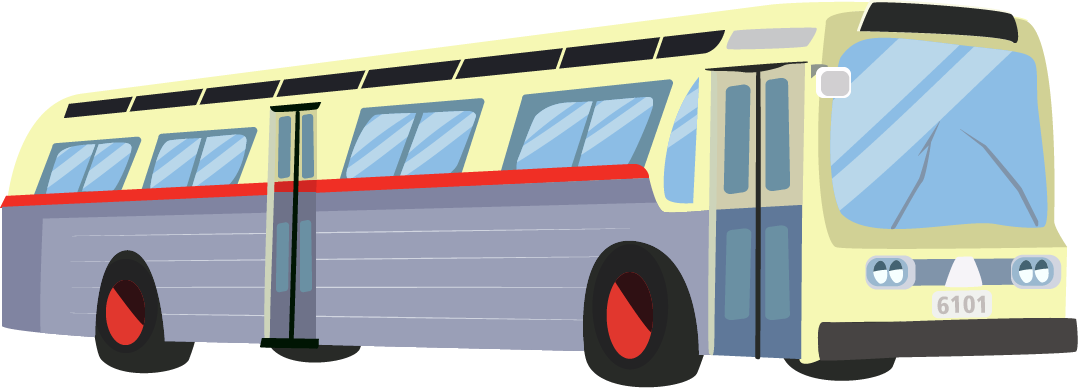
-
1991
First buses delivered with air conditioning
-
1997
First order of buses delivered with electronic destination signs
-
1999
First order of buses with the Maple Leaf paint scheme
-
2001
First order of 60-foot low- floor buses
-
2003
The longest serving original OC Transpo bus (#7516) was retired after entering service in 1975
-
2008
First three pilot double decker buses arrive
-
2011
Last high-floor buses retired from service
-
2019
New paint scheme arrives
-
2022
First four zero-emission buses begin passenger service
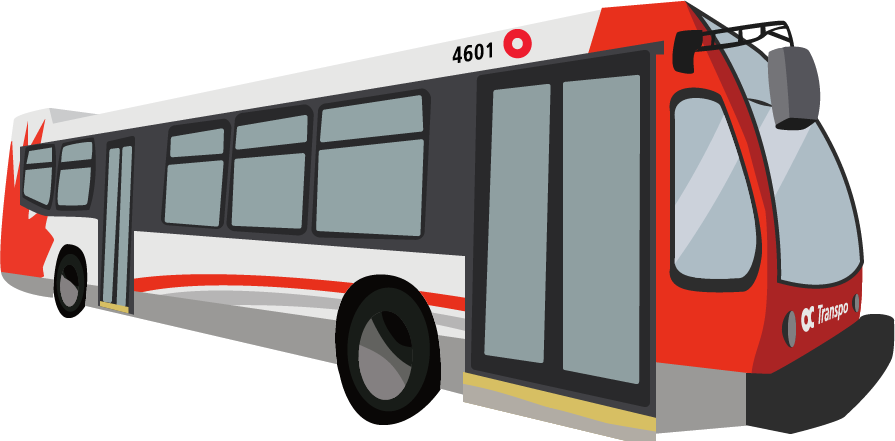
100 years after Ottawa’s first bus route, we now have more than 130 bus routes that provide 64 million customer trips per year. Bus service in Ottawa continues to evolve as our diesel buses are gradually replaced with electric buses, with the goal of fully converting to a zero-emission bus fleet by 2036.
Interested in more transit history?
From horse drawn street cars to trains travelling underneath the downtown core, Ottawa’s public transit has a fascinating history. Check out OC Transpo’s virtual museum for a comprehensive timeline of public transit in Ottawa dating back to 1870.
Information compiled for this story was gathered from the City of Ottawa Archives, The Ottawa Citizen, the Ottawa Journal and the Gloucester Historical Society.
Let us Know
Was this information helpful? Do you have a story to suggest? Let us know by emailing thenextstopblog@ottawa.ca

